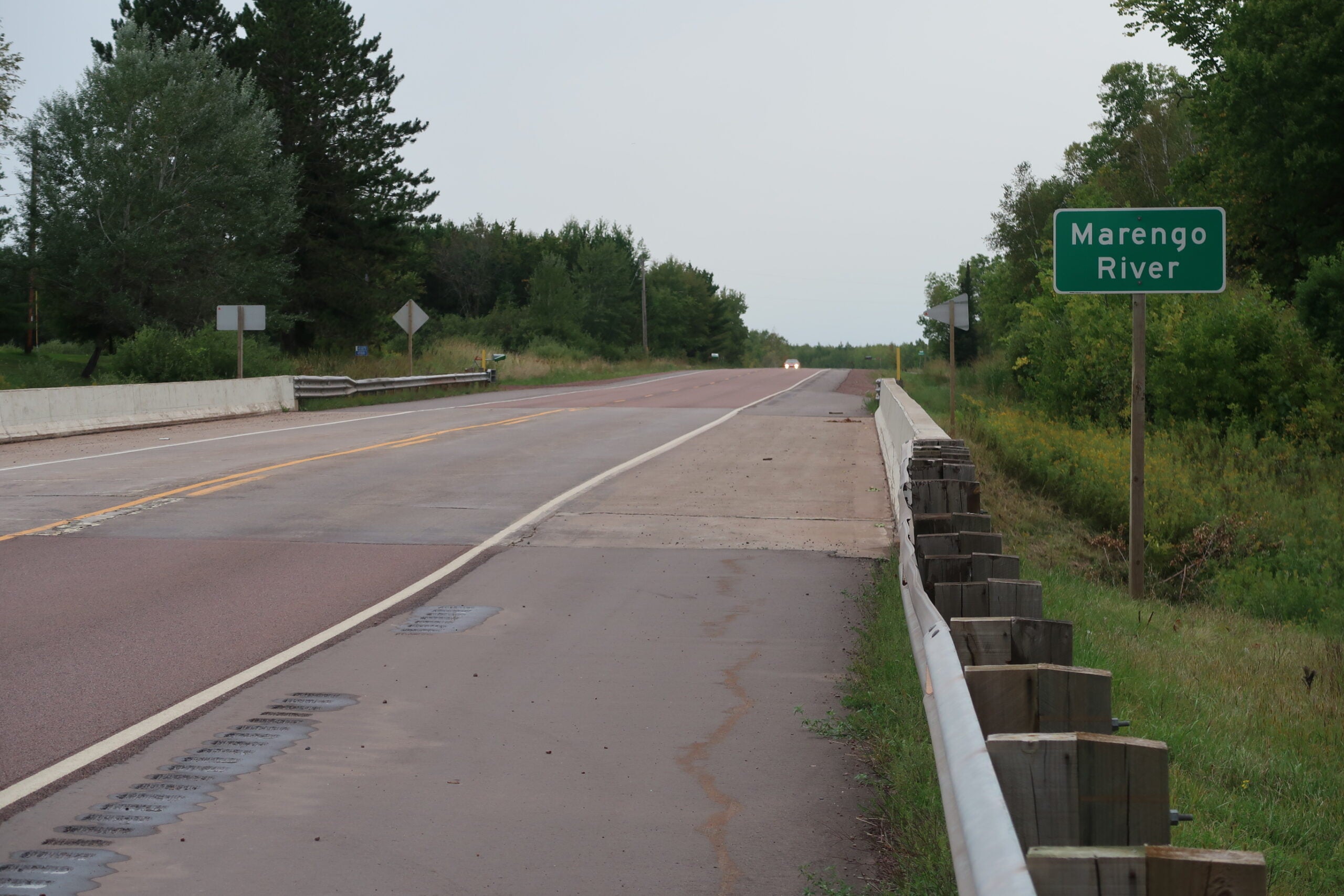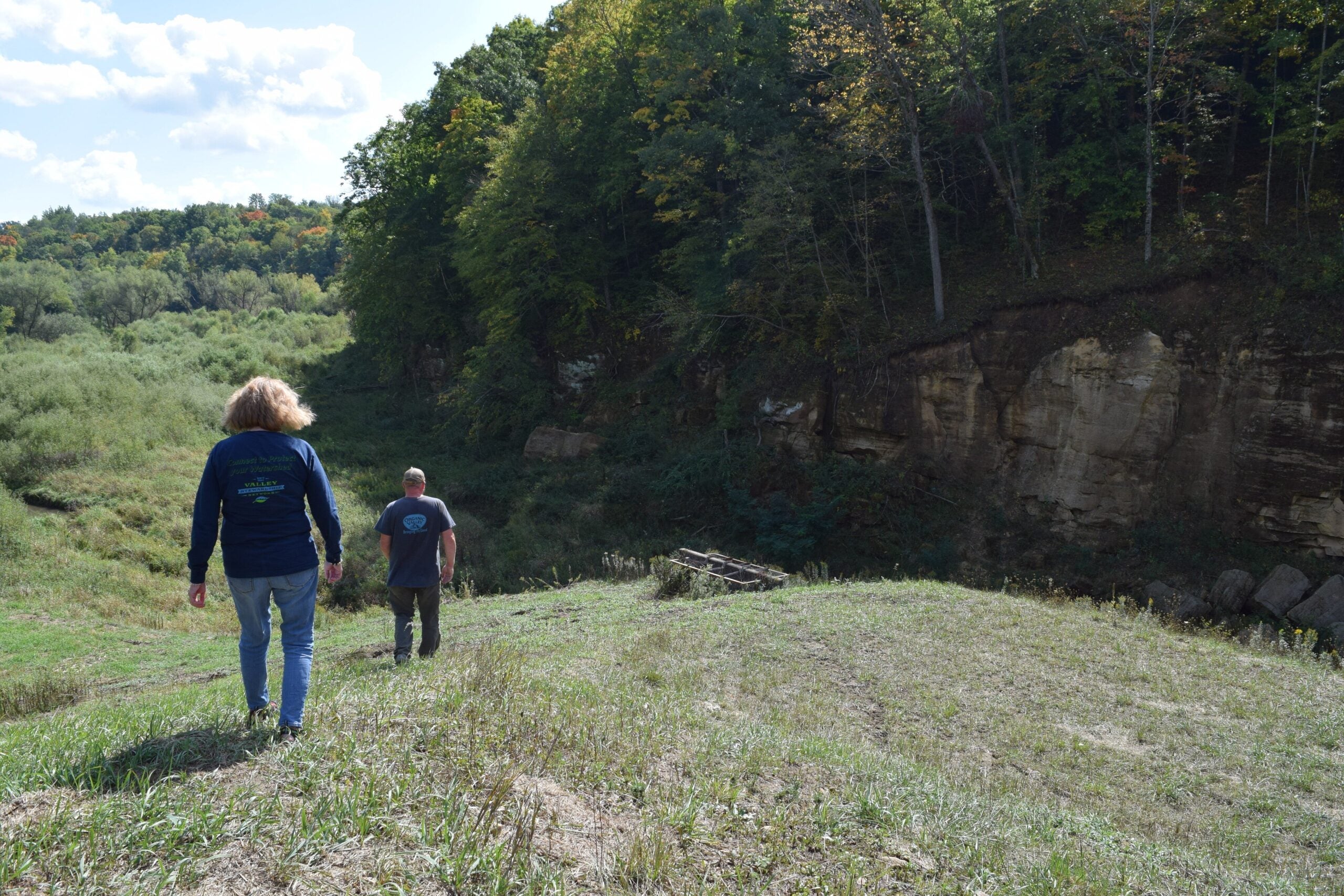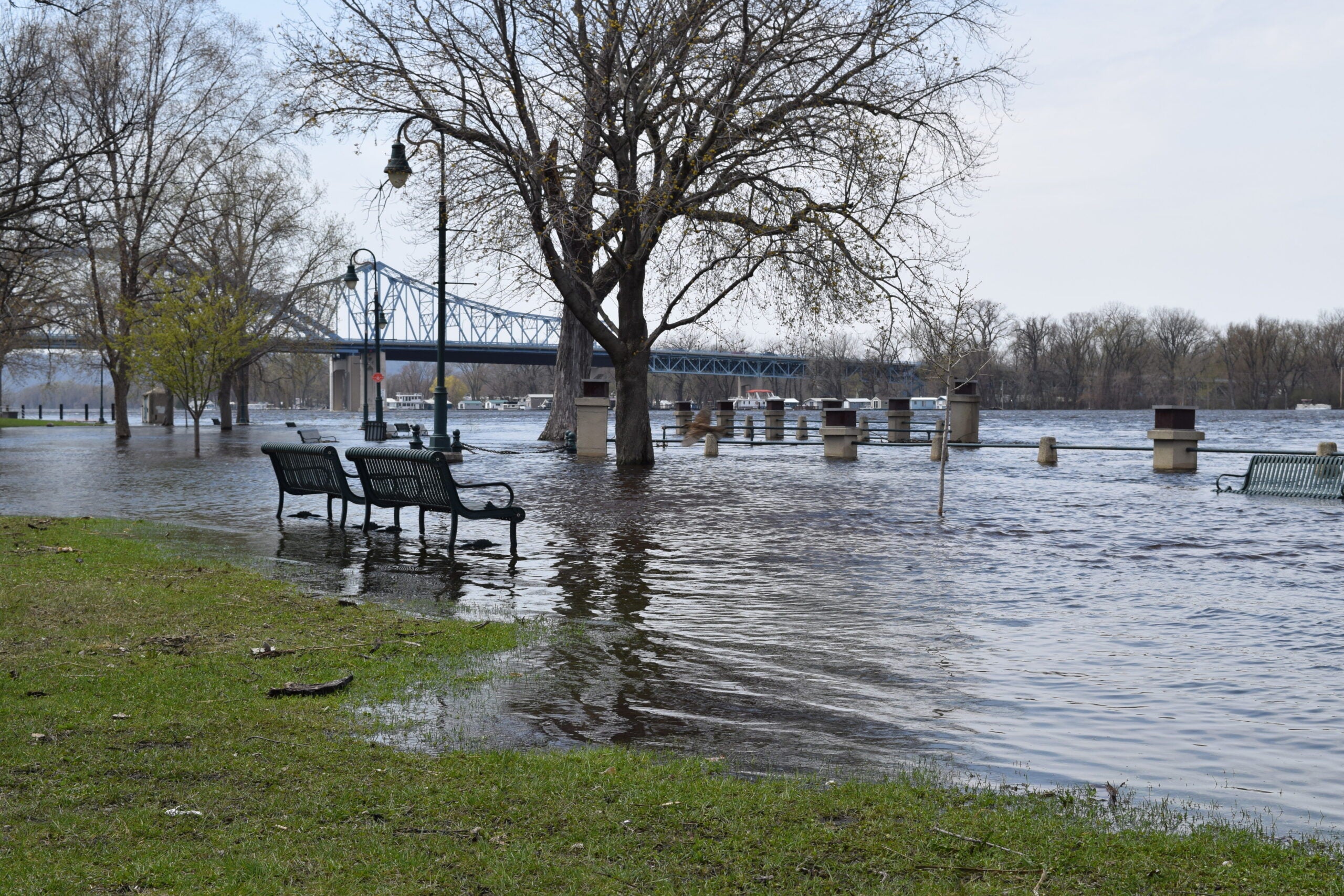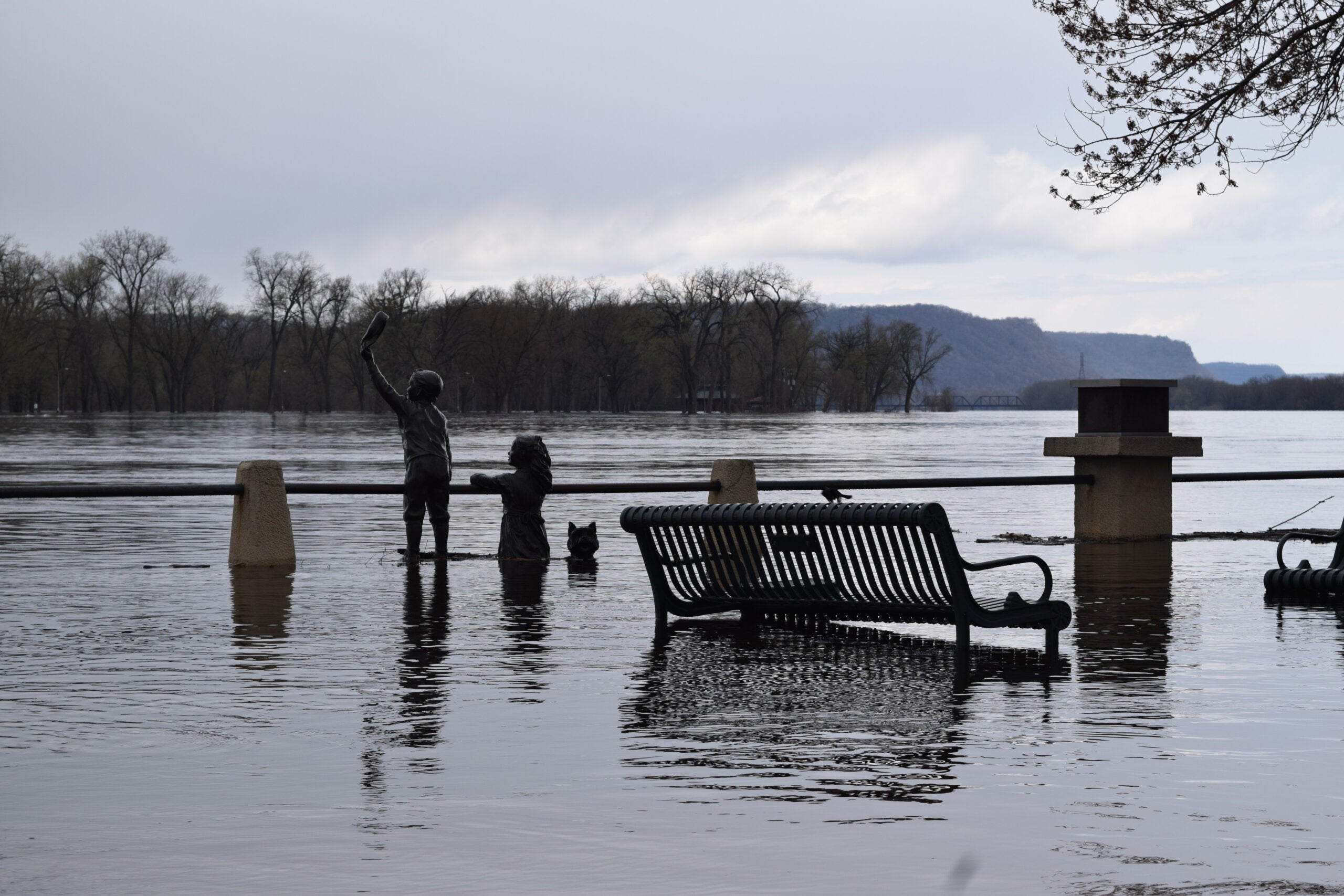A bipartisan bill would fund a pilot project aimed at reducing the risk of flooding in one northern Wisconsin county. The results would provide insights on ways to reduce flood risks statewide.
The bill would provide $150,000 to Ashland County to design and install measures that would reduce flooding in the Marengo River watershed, said Ashland County conservationist MaryJo Gingras. She said that’s where the county saw the most damage to roads after flooding in July 2016.
“What we will do is develop a series of practices, standards, that can be used for flood mitigation and improving flood storage capacity — water storage capacity,” said Gingras.
Stay informed on the latest news
Sign up for WPR’s email newsletter.
Flooding in 2016 caused more than $7.2 million in damage to Ashland County and more than $38.4 million in damage to northern Wisconsin overall, according to figures from the Northwest Regional Planning Commission. Gingras said the area is susceptible to more damage with more frequent, intense storms and federal requirements that force local, state and tribal governments to repair infrastructure to the same standard that existed prior to flooding.
“We’re having more and more precipitation and runoff occur now that the existing structures are not large enough to withstand the frequency of rainfall events that we’re seeing on the landscape,” said Gingras.
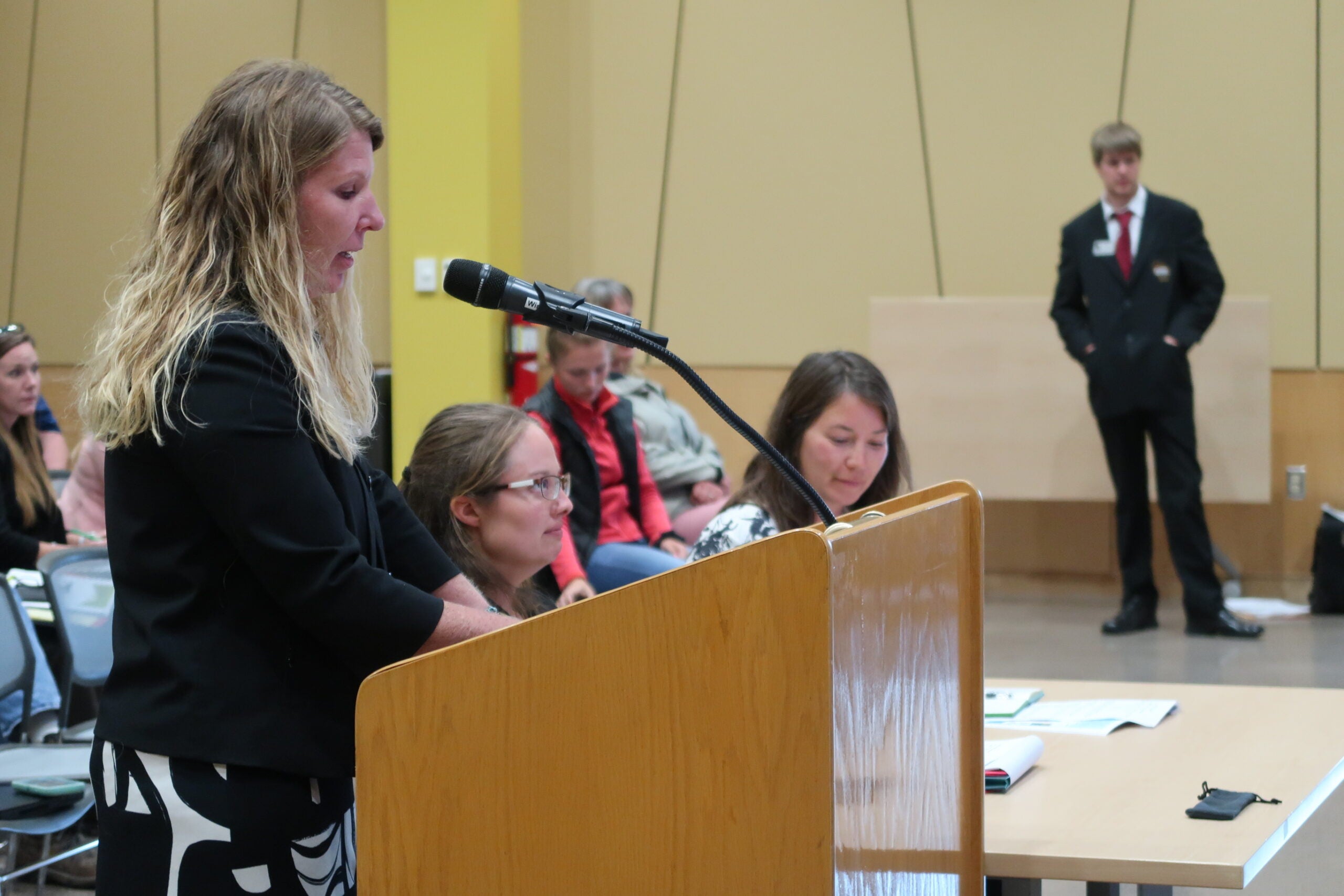
Danielle Kaeding/WPR
Meteorological data from NOAA’s Atlas 14 show the chance the area could see 100-year storms over a 24-hour period has increased by more than a third since 1961. The hope is that officials can take measures upstream to slow the flow of water rushing downstream during severe storms, according to Erin O’Brien, policy programs director for the Wisconsin Wetlands Association.
“The more we can hold water high up in the watershed … the less brick and mortar and concrete solutions we might need downstream,” said O’Brien.
O’Brien said the pilot project would incorporate practices that may include raising stream beds and reconnecting streams to floodplains or preventing wetlands from draining downstream.
Ashland County would be required to submit its findings to the Wisconsin Department of Natural Resources in summer 2021. Then, the DNR would provide a report to the state Legislature and Wisconsin Emergency Management on the results of the project and recommendations for incorporating policies and funding that incentivize flood reduction efforts statewide.
“There is no county in the state that is not suffering in some way, shape or form from flooding, and there is no place where we have flooding where degraded wetland and stream hydrology is not at least a part of the problem,” said O’Brien.
If approved by lawmakers, the pilot project would likely begin next year.
Wisconsin Public Radio, © Copyright 2025, Board of Regents of the University of Wisconsin System and Wisconsin Educational Communications Board.

